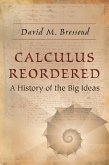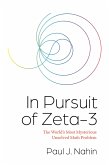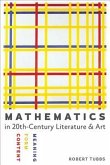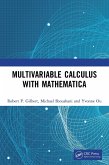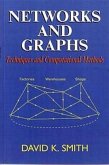Breaking the mold of existing calculus textbooks, Calculus in Context draws students into the subject in two new ways. Part I develops the mathematical preliminaries (including geometry, trigonometry, algebra, and coordinate geometry) within the historical frame of the ancient Greeks and the heliocentric revolution in astronomy. It then presents a brief but essential calculus course from the work of Newton and Leibniz. This section culminates in an exposition of the heart of Newton's theory of planetary motion. With its focus on the principal ideas and arguments, this introduction helps students see the essence of the subject as well as its relevance to the scientific concerns of the age. Part II starts with comprehensive and modern treatments of the fundamentals of both differential and integral calculus. It then turns to a wide-ranging discussion of applications. These include studies of the suspension bridge, optics, architecture, the pseudosphere, free fall with air resistance, internal ballistics, and the motion of the planets in their orbits. In each case, the focus is on specifics, including the George Washington Bridge, the domes of the Pantheon and the Hagia Sophia, the Springfield rifle, and the latest reflecting telescopes. Students will learn that core ideas of calculus are central to concepts such as acceleration, force, momentum, torque, inertia, and the properties of lenses. The applications are largely independent so that every course has options from which to pick and choose. Classroom-tested at Notre Dame University, this textbook is suitable for students of wide-ranging backgrounds because it engages its subject at several levels and offers ample and flexible problem set options for instructors. Parts I and II are both supplemented by expansive Problems and Projects segments. Topics covered in the book include: ¿


